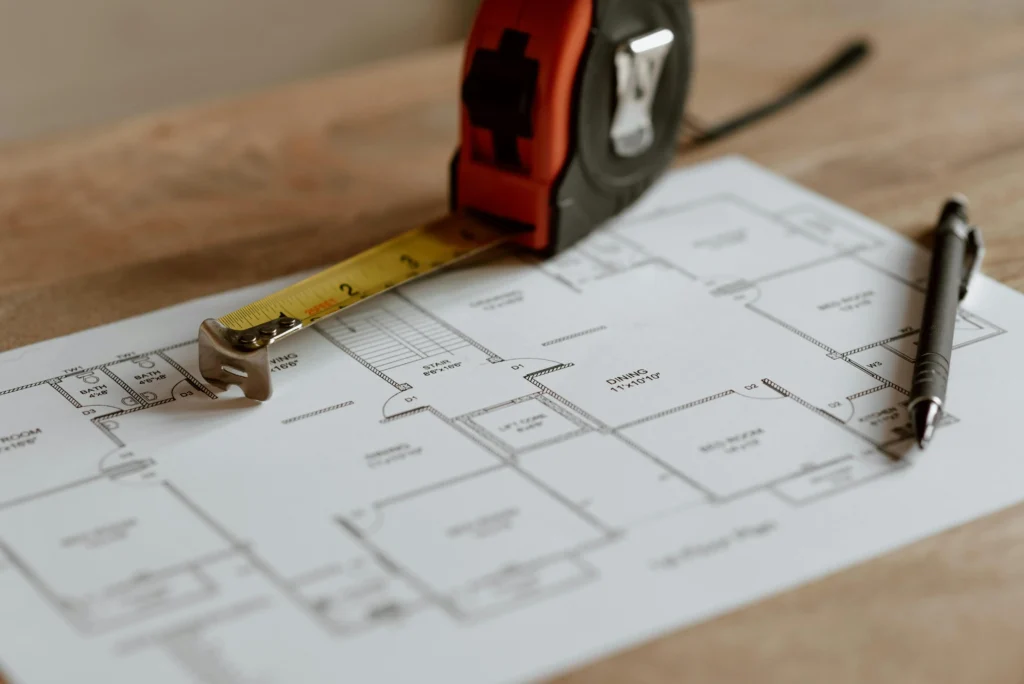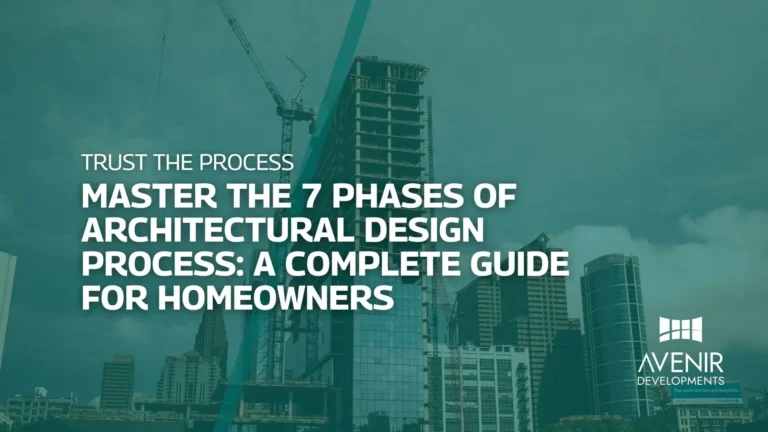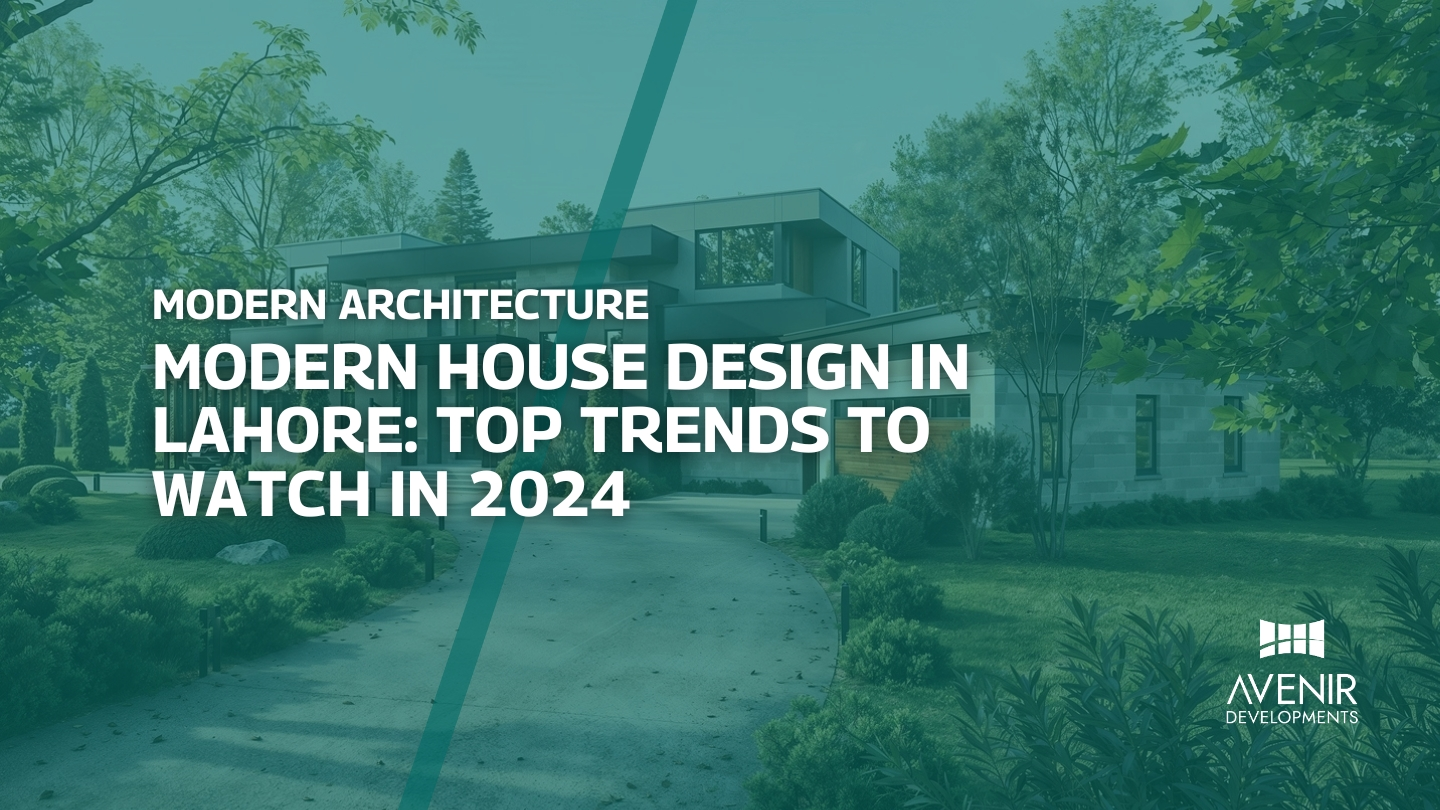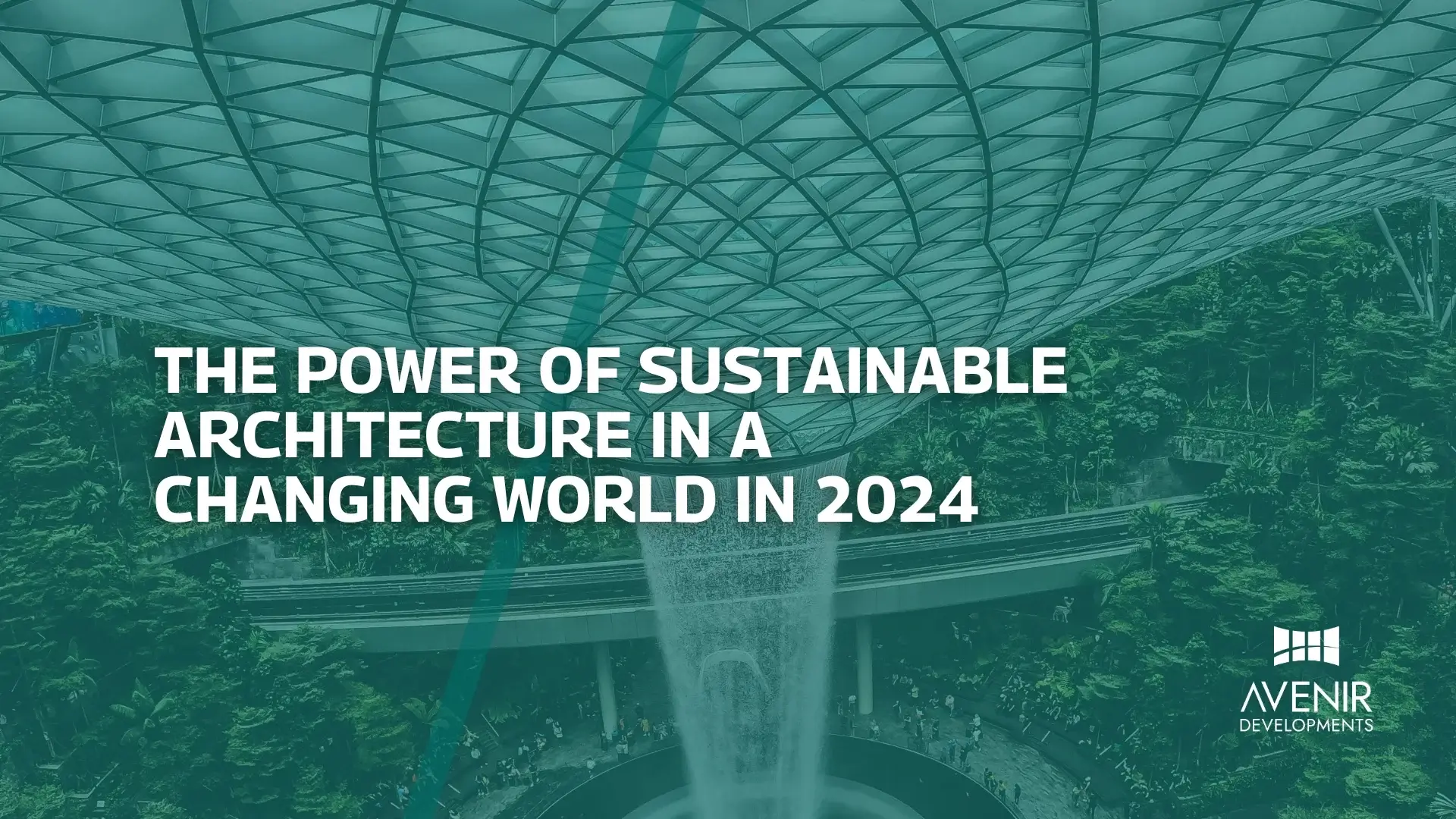The architectural design process is the intricate journey from a nascent idea to a tangible structure. It’s a collaborative endeavor between the homeowner and the architect, requiring a deep understanding of the client’s vision, local regulations, and construction intricacies. This process is divided into seven distinct phases, each playing a crucial role in the overall success of a project.
What is the Architectural Design Process? The architectural design process is a systematic approach to transforming a client’s vision into a physical reality. It involves a series of interconnected steps, each building upon the previous phase. From initial concept development to the final construction administration, the process ensures that the project aligns with the client’s goals, adheres to building codes, and meets aesthetic and functional requirements.
The Importance of the Architectural Design Process A well-defined architectural design process is essential for several reasons. Firstly, it provides a clear roadmap for both the homeowner and the architect, minimizing misunderstandings and delays. Secondly, it helps manage expectations, as each phase has specific deliverables and timelines. Thirdly, a structured process ensures that the project stays within budget and meets quality standards. Finally, it facilitates effective communication and collaboration among all stakeholders involved, including architects, engineers, contractors, and the homeowner.
The Evolution of Architectural Design The architectural design process has evolved significantly over the years, influenced by technological advancements, changing client expectations, and evolving building regulations. With the advent of computer-aided design (CAD) and building information modeling (BIM), architects can now create highly detailed and accurate designs in a fraction of the time. Additionally, the increasing emphasis on sustainability and energy efficiency has led to innovative design approaches and materials.

While the fundamental principles of architectural design remain constant, the tools and techniques used to bring a project to life have undergone a remarkable transformation. Today, architects have access to a vast array of resources and technologies that enable them to create more efficient, sustainable, and aesthetically pleasing buildings.
Contemporary Architectural Design Trends
The Evolution of Architectural Design in Pakistan
Pakistan’s architectural landscape has undergone a significant transformation in recent years. Inspired by global trends and influenced by local cultural heritage, the country’s architectural scene is witnessing a dynamic evolution. A harmonious blend of tradition and modernity is shaping the built environment, with a growing emphasis on sustainability, functionality, and aesthetics.
Emerging Trends in Pakistani Architecture
Several key trends are defining the contemporary architectural landscape in Pakistan:
- Sustainable Architecture: There’s a burgeoning awareness of environmental concerns, driving a shift towards sustainable design practices. Incorporating eco-friendly materials, energy-efficient systems, and biophilic elements are becoming increasingly prevalent. Green roofs, solar panels, and rainwater harvesting are common features in modern Pakistani homes.
- Minimalism and Open Spaces: A minimalist aesthetic is gaining popularity, characterized by clean lines, open floor plans, and a focus on functionality. This trend is particularly evident in urban apartments and contemporary homes.
- Indigenous Materials and Craftsmanship: There’s a renewed appreciation for traditional Pakistani building materials and craftsmanship. Incorporating elements like brick, stone, and wood into modern designs creates a sense of place and cultural identity.
- Smart Homes and Technology Integration: The integration of technology into homes is transforming the way we live. Smart homes with automated systems, energy-efficient appliances, and advanced security features are becoming increasingly desirable.
- Indoor-Outdoor Living: Blending indoor and outdoor spaces is a growing trend, with architects creating seamless transitions between living areas and gardens. This trend promotes a healthier lifestyle and enhances the overall living experience.
Challenges and Opportunities in Pakistani Architecture
While the architectural landscape in Pakistan is evolving positively, there are challenges to overcome. The country’s rapid urbanization, coupled with a growing population, has led to issues such as overcrowding, infrastructure development, and environmental pollution. However, these challenges also present opportunities for innovative architectural solutions.
Sustainable urban planning, affordable housing initiatives, and the development of resilient infrastructure are areas where architects and policymakers can play a crucial role. By addressing these challenges head-on, Pakistan can create sustainable and livable cities for its citizens.
The Role of Technology in Architectural Design
Technological advancements have revolutionized the architectural design process. Computer-aided design (CAD) and building information modeling (BIM) have become indispensable tools for architects. These technologies enable precise design, efficient collaboration, and accurate cost estimation.
Additionally, virtual and augmented reality are emerging as powerful tools for visualizing and experiencing architectural designs. These technologies allow clients to immerse themselves in the proposed space, facilitating better decision-making and reducing the risk of design errors.
Frequently Asked Questions About the Architectural Design Process
Understanding the architectural design process can be overwhelming for homeowners. To clarify common misconceptions and provide essential information, let’s address some frequently asked questions.
Q: How long does the architectural design process typically take?
A: The duration of the architectural design process varies significantly depending on the project’s complexity, size, and the client’s decision-making speed. On average, it can range from several months to a year or more. However, effective communication and collaboration between the homeowner and the architect can help streamline the process and reduce timelines.
Q: How much does the architectural design process cost?
A: Architectural design fees vary based on factors such as project scope, location, and the architect’s experience. It’s essential to obtain detailed fee proposals from multiple architects to compare costs and services. Some architects offer hourly rates, while others charge a fixed fee or a percentage of the project’s total cost.
Q: Do I need an architect for a small home renovation?
A: While it’s possible to undertake small home renovations without an architect, consulting with a professional can save you time, money, and potential headaches. Architects have the expertise to optimize space, ensure building code compliance, and create a functional and aesthetically pleasing design.
Q: Can I change my mind during the design process?
A: Absolutely! The design process is collaborative, and changes are expected. However, it’s important to communicate your preferences clearly and early on to avoid significant modifications that can impact project timelines and costs.
Q: How involved will I be in the design process?
A: The level of involvement depends on your preferences and the architect’s approach. Some architects prefer a hands-on approach, involving clients in every decision. Others take a more directive role, presenting design options for client approval. Open communication is key to a successful collaboration.
Q: What is the role of a structural engineer in the design process?
A: A structural engineer is responsible for ensuring the building’s structural integrity. They work closely with the architect to design the building’s framework, considering factors such as load-bearing capacity, wind resistance, and seismic activity.
Q: How can I choose the right architect for my project?
A: Research local architects, review their portfolios, and read client testimonials. Consider their experience, design style, and communication skills. It’s essential to find an architect who understands your vision and can bring it to life.
By addressing these common questions, we hope to demystify the architectural design process and empower homeowners to make informed decisions.
Expert Tips for Navigating the Architectural Design Process
Maximizing Your Investment: Expert Tips
Navigating the architectural design process can be overwhelming, but with the right knowledge and guidance, you can ensure a successful project. Here are some expert tips to help you make the most of this journey:
- Clear Communication is Key: Establish open and honest communication with your architect from the outset. Clearly articulate your vision, preferences, and budget to avoid misunderstandings and delays.
- Set Realistic Expectations: Understand that the design process takes time. Be prepared for iterations and adjustments as the project evolves.
- Involve All Stakeholders: If multiple family members or business partners are involved, ensure everyone’s input is considered. This helps prevent conflicts and ensures a design that meets everyone’s needs.
- Prioritize Functionality: While aesthetics are important, prioritize the building’s functionality. Consider how the space will be used on a daily basis and incorporate practical elements into the design.
- Consider Sustainability: Incorporate eco-friendly features and materials into your project. Not only is it environmentally responsible, but it can also lead to long-term cost savings.
- Work with a Reputable Architect: Choose an architect with a proven track record and a strong portfolio that aligns with your design preferences.
- Budget Wisely: Develop a realistic budget and allocate funds for potential contingencies. Effective communication with your architect can help manage costs without compromising design quality.
- Embrace Technology: Utilize digital tools and platforms to collaborate with your architect and visualize the design. Virtual reality and augmented reality can enhance the design process.
- Build a Strong Relationship with Your Contractor: Establish a positive relationship with your contractor to ensure smooth project execution.
- Patience is a Virtue: The architectural design process can be time-consuming. Be patient and trust the expertise of your architect.
By following these tips, you can increase the chances of a successful and enjoyable architectural design process. Remember, a well-designed home or building is an investment that will provide long-term value.
Conclusion: Your Journey to Building Your Dream Home Starts Here
Mastering the seven phases of the architectural design process is crucial to realizing your dream home. By understanding each step, you can actively participate in the creation of a space that perfectly reflects your lifestyle and aspirations.
Remember, the architectural design process is a collaborative effort between you and your architect. Open communication, trust, and shared vision are essential for a successful outcome.
At Avenir Developments, we pride ourselves on our expertise in guiding homeowners through the entire design and construction journey. Our team of experienced architects and designers is committed to transforming your ideas into reality.
Ready to embark on your architectural adventure? Contact Avenir Developments today for a complimentary consultation. Let us help you turn your dream home into a tangible masterpiece.
Call us at +923001101103 or visit our website to learn more.
By following the steps outlined in this guide and partnering with a skilled architectural team, you can confidently navigate the architectural design process and create a home that exceeds your expectations.
Read more: Your Home as a Living Organism: What is Passive Design in architecture






